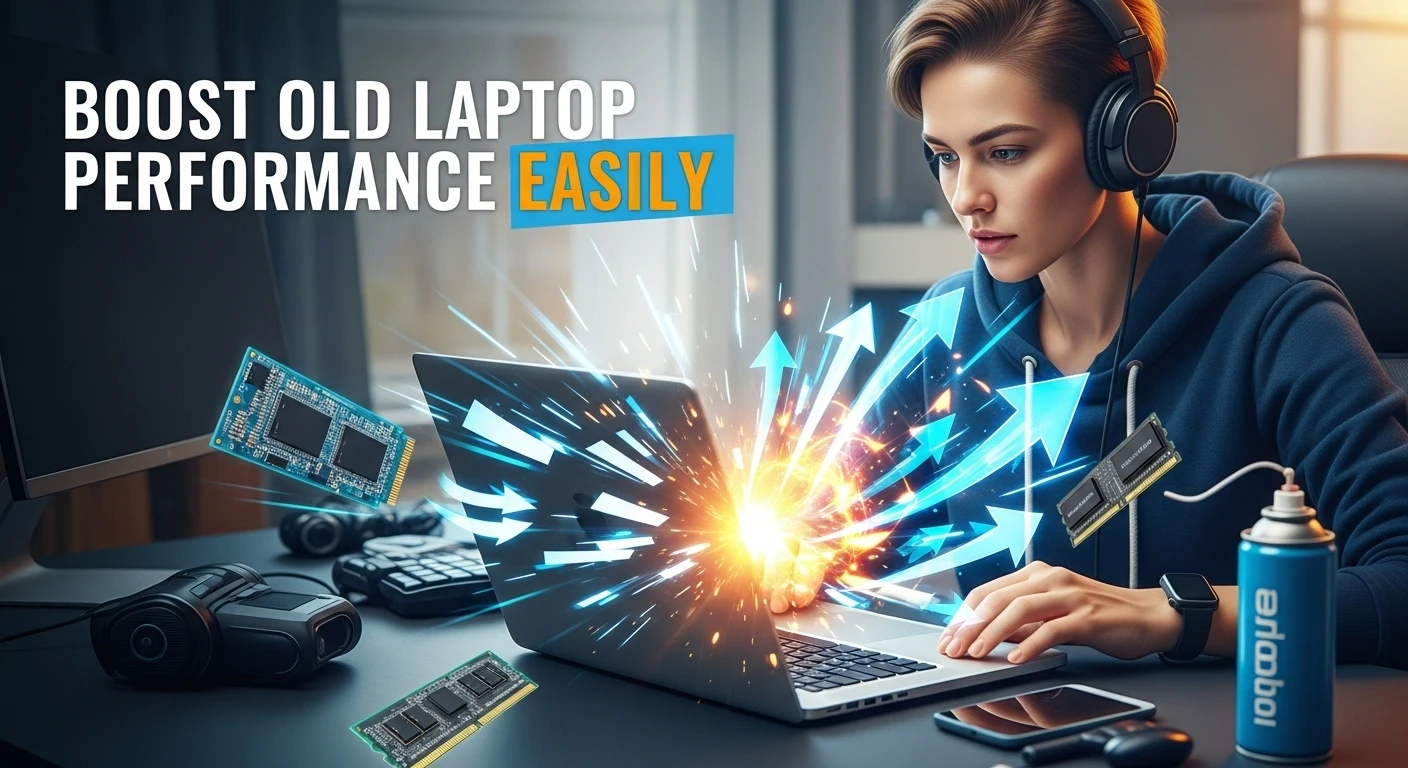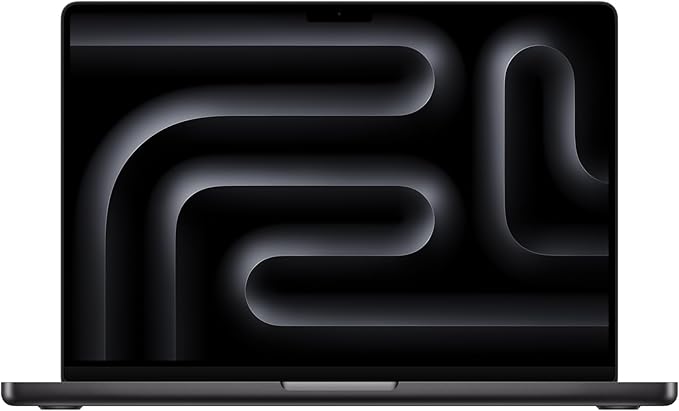If your old laptop has started feeling sluggish, you don’t always need to spend big on new hardware. With a few smart tweaks and regular care, it’s possible to bring back smooth performance and extend your device’s life.
Clear Out Digital Clutter
Over time, laptops accumulate temporary files, cache data, and unused applications that slow down performance. Regularly clearing these files with tools like Windows Disk Cleanup or Mac’s storage manager can free up valuable space and restore efficiency.
See also: How to Fix USB Ports Not Working on PC or Laptop
Disable Startup Programs
One of the main reasons laptops take ages to boot is unnecessary programs launching at startup. By opening the Task Manager or system preferences and disabling non-essential apps, you can cut down boot times and make your system more responsive.
Keep Software Updated
Outdated software can slow performance and create security risks. Regularly installing updates ensures your laptop benefits from bug fixes, stability improvements, and enhanced speed. Enable auto-updates where possible to save time.
Reduce Visual Effects
Fancy animations and shadows may look sleek, but they consume resources. On older laptops, disabling or reducing these effects through system settings can give a noticeable boost in responsiveness.
See also: How to Properly Clean Your Laptop Without Damaging It
Perform Regular Maintenance
Simple maintenance habits like scanning for malware, defragmenting hard drives (for HDD users), and checking disk health can help prevent issues before they become serious. Built-in system tools and trusted antivirus programs make these tasks quick and effective.
With these practical tips, even aging laptops can deliver faster performance and remain reliable for everyday use—without spending a fortune on upgrades.
❓ Frequently Asked Questions (FAQ)
You can speed up an old laptop by removing unnecessary files, disabling startup programs, updating software, reducing visual effects, and running regular maintenance checks.
Yes, adding more RAM can significantly improve speed, especially if your laptop struggles with multitasking. However, software optimization should be tried first if you’re on a budget.
Switching from an HDD to an SSD is one of the best upgrades for an old laptop. It drastically improves boot times and overall responsiveness.
Performing a file cleanup at least once a month helps maintain performance by freeing up storage and reducing unnecessary clutter.
Some heavy antivirus programs can reduce speed. To avoid this, use lightweight and trusted antivirus tools that protect your laptop without hogging resources.











